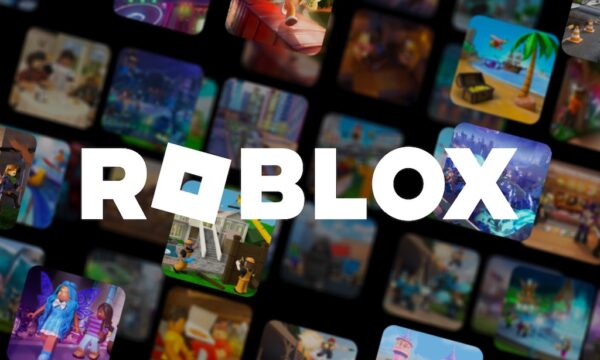AI status right now: The stakes are rising

In 2025, artificial intelligence has reached a crossroads. From robots with human-like appearances to detectors of AI, this is the era of advanced AI, where innovations have moved from tests in the laboratory to useful devices impacting medicine, education, and even waste treatment. Observing AI’s evolution, it’s clear these developments are more than just gadgets – they represent a shift in how people interact with the world around them.
Breakthrough creations emphasised by TIM
TIME’s 2025 lineup is teeming with AI-driven inventions. January AI, for instance, uses artificial intelligence to monitor blood glucose levels without the need for invasive procedures; Turnitin Clarity detects AI-written text in students’ assignments, and Greyparrot Analyzer sorts waste streams in recycling facilities. This is the unpredictability of progress, like live races 1xBet Ireland with their constant surprises, where a single breakthrough can reshape the whole map.
And that’s only the beginning: Figure 03, a human robot, is already on track to become part of daily life, performing chores from warehouse labor to household assistance. These innovations are not isolated – they’re merely one component of a larger trend bringing AI and hardware together. Outcomes4Me, for example, has an AI-driven platform for cancer patients that provides tailored recommendations based on data. We can easily envision how this makes technology available to everyone, actually beneficial for the masses.
Shaping AI ecosystems through partnerships
OpenAI is now establishing its position through strategic partnerships, building an ecosystem for seamless access to computing power. Its agreement with AMD for 6 gigawatts of Instinct GPUs, 1 GW initially in 2026, is also tied to a clause for 10% equity in AMD in case deployment milestones are met.
In tandem, Nvidia is investing $100 billion in OpenAI, building 10 GW data centers, with Oracle launching infrastructure for the Stargate project for $300 billion. These partnerships close the circle: OpenAI buys chips, suppliers invest, and this creates a trillion-dollar AI economy. EU and US regulators already examined these transactions for antitrust concerns, but for now, they give OpenAI a scaling advantage.
These are the key points in such arrangements:
- Large-scale procurement: Multi-year GPU deals for OpenAI ensure supply security;
- Financial options: The opportunity to retain AMD stocks as an incentive for chip development;
- Infrastructure investment: Nvidia data centers boost computational power.
All this has been fueled by the latest disclosure that OpenAI is making ChatGPT a platform closely resembling an operating system with an app ecosystem. ChatGPT is not expected to directly compete with music or education services, but is to be a platform for third-party developers.
There will be priority placement for users for a fee, and data access will be limited, with such things as segmented memory. It’s a pretty step toward AI as a “tool” for human beings, integrating search and real-time information, and it certainly changes the old model of how we engage with software.
Navigating through the hazards of AI implementation
But with the advance of AI come the risks, especially legal risks, wherein traditional insurers will not honor claims. OpenAI and Anthropic are both being sued for tens of billions of dollars for copyright violations, for spreading disinformation, and even for cases where AI allegedly provided terrible counsel that led to disasters. OpenAI itself has a $300 million policy, but that’s chump change; companies are going the self-insurance route, establishing in-house funds like Microsoft and Google.
Anthropic just settled a $1.5 billion authors’ suit from its own funds. Insurers avoid the industry due to uncertainty: how to estimate the likelihood of harm from AI advice or foreign election interference? It’s analogous to the infancy of autonomous cars, with liability unspecified. Without well-delineated law, the industry does something else with investors’ funds: it underwrites itself, injecting pressure into its growth.
It’s also worth noting that in the realm of AI, similar to that of gambling, where reckless choices result in losing money, limits should be placed on technology use in order to prevent addiction or cost. This keeps issues akin to gambling addiction at bay in the virtual world.
Final reflections
2025 has made AI a part of the fabric of our existence, but with threats requiring us to remain vigilant. Modern innovations hold the promise to change society, bringing technology to the masses, yet only harmony between innovation and responsibility will provide us with a future where AI is a means of progress, not a foe.
The editorial unit
























Facebook
Twitter
Instagram
YouTube
RSS